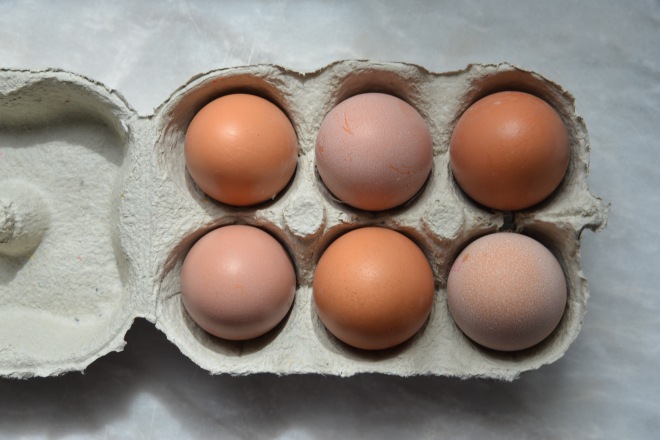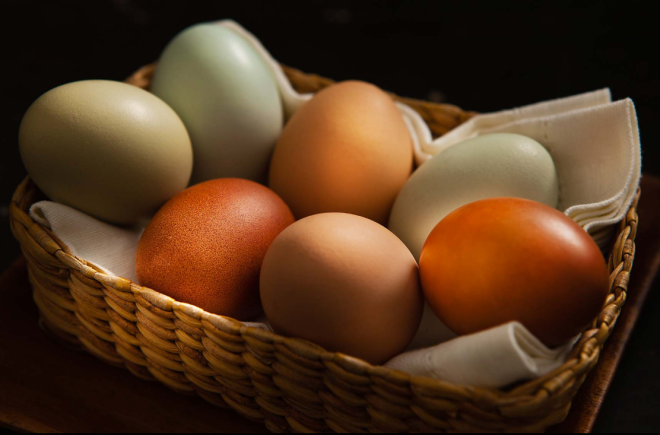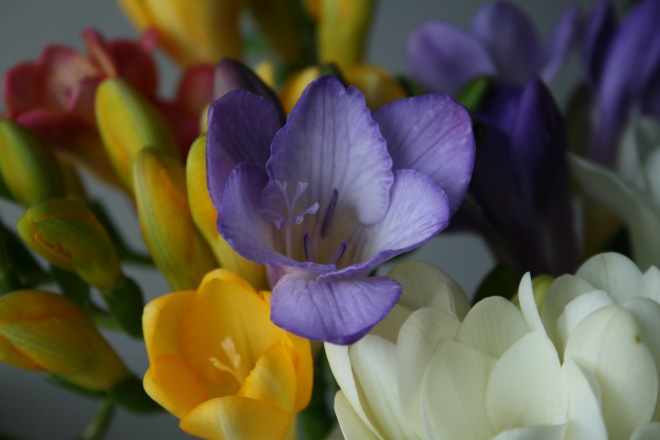Inspired by Francesco Tonelli and his close up detail work, I decided to take an interesting fruit, the kiwi, and capture it’s detail with a Nikon D600 with a macro lens. I was shooting in natural daylight and had a fill board to hand to knock back any shadows.
I started with some shots of the kiwi whole as the furry texture and shape, although fairly boring in comparison to the inside, still has some interest. I was shooting on ISO 320 as I and had a 1/125 shutter speed which was fast but still allowing enough light in as the sun was getting brighter. I went for a f/8 aperture initially as a middle ground. I used the fill board as soon as I could see how dark the shadow was.
I then moved onto the cut centre. I found it quite hard at first as the centre was really wet and juicy and it was heard to know where to focus and get some nice detail.
I waited 30 minutes to let the initial juice to dry out a little. I felt the subject texture was more prominent and easier to focus on. See below. I made the aperture smaller to try and get more in focus and a wide depth of field, although shooting top down it probably didn’t matter too much. I used the fill board here too to eliminate dark shadows. The exposure could have been a bit brighter I think, but I didn’t want to slow the shutter down too much as I was without tripod, and didn’t want to up the ISO too much and lose sharpness. I could brighten in Photoshop if necessary. I could also crop in to the kiwi more eliminating the white space around the subject.

Below I dropped the f/number to create a wider depth of field, knocking out the secondary kiwi. I focused on the seed of the kiwi face in the foreground on the right hand side. It has picked up the detail and furry edge really well. I think it is probably a tad under exposed, even though I dropped the f/number to allow more light to come in, I compensated this by reducing the ISO., when really I probably could have left it at 320.

Over all I’m happy with the test shots but think there is probably a nicer more exciting way to shoot the subject and get even more detail such as this stock image from Shutterstock below. The item is back lit and really pops in both colour and detail.























































